Regulatory Frameworks
The establishment of stringent regulatory frameworks regarding construction practices in marine environments is influencing the Underwater Concrete Market. Compliance with these regulations ensures safety and environmental protection, thereby increasing the demand for specialized materials. Governments are implementing guidelines that require the use of high-quality underwater concrete to meet safety standards. This regulatory push is expected to drive market growth, as companies seek to comply with these requirements. The Underwater Concrete Market is likely to benefit from this trend, as adherence to regulations often necessitates the use of advanced materials that can withstand the challenges posed by underwater construction.
Technological Innovations
Technological advancements in material science and construction techniques are propelling the Underwater Concrete Market forward. Innovations such as self-healing concrete and advanced mixing technologies enhance the performance and longevity of underwater concrete. These developments are crucial for projects that require high durability and resistance to marine conditions. The market for advanced construction materials is projected to grow at a CAGR of 8% through 2027, indicating a strong interest in innovative solutions. As these technologies become more accessible, the Underwater Concrete Market is expected to expand, driven by the need for improved performance in underwater applications.
Infrastructure Development
The ongoing expansion of infrastructure projects, particularly in coastal and underwater environments, drives the Underwater Concrete Market. Governments and private entities are increasingly investing in the construction of bridges, tunnels, and marine structures. For instance, The Underwater Concrete Market is projected to reach USD 10 billion by 2026, indicating a robust demand for specialized materials like underwater concrete. This growth is fueled by urbanization and the need for resilient infrastructure that can withstand harsh marine conditions. As such, the Underwater Concrete Market is likely to benefit from these developments, as the unique properties of underwater concrete make it suitable for various applications in challenging environments.
Environmental Considerations
Increasing environmental awareness and sustainability initiatives are shaping the Underwater Concrete Market. The construction sector is under pressure to adopt eco-friendly practices, leading to the development of environmentally friendly underwater concrete formulations. Innovations such as the use of recycled materials and low-carbon cement are gaining traction. According to recent studies, the demand for sustainable construction materials is expected to grow by 20% over the next five years. This shift towards sustainability not only aligns with global environmental goals but also enhances the appeal of underwater concrete in various projects. As a result, the Underwater Concrete Market is likely to see a rise in demand for sustainable solutions.
Marine Renewable Energy Projects
The rise of marine renewable energy projects, such as offshore wind farms and tidal energy installations, significantly influences the Underwater Concrete Market. These projects require durable and reliable materials to ensure structural integrity in underwater settings. The International Energy Agency reports that offshore wind capacity is expected to increase by 15% annually, necessitating the use of underwater concrete for foundations and support structures. This trend suggests a growing market for underwater concrete, as it provides the necessary strength and durability to withstand marine conditions. Consequently, the Underwater Concrete Market is poised for growth as more renewable energy projects are initiated.
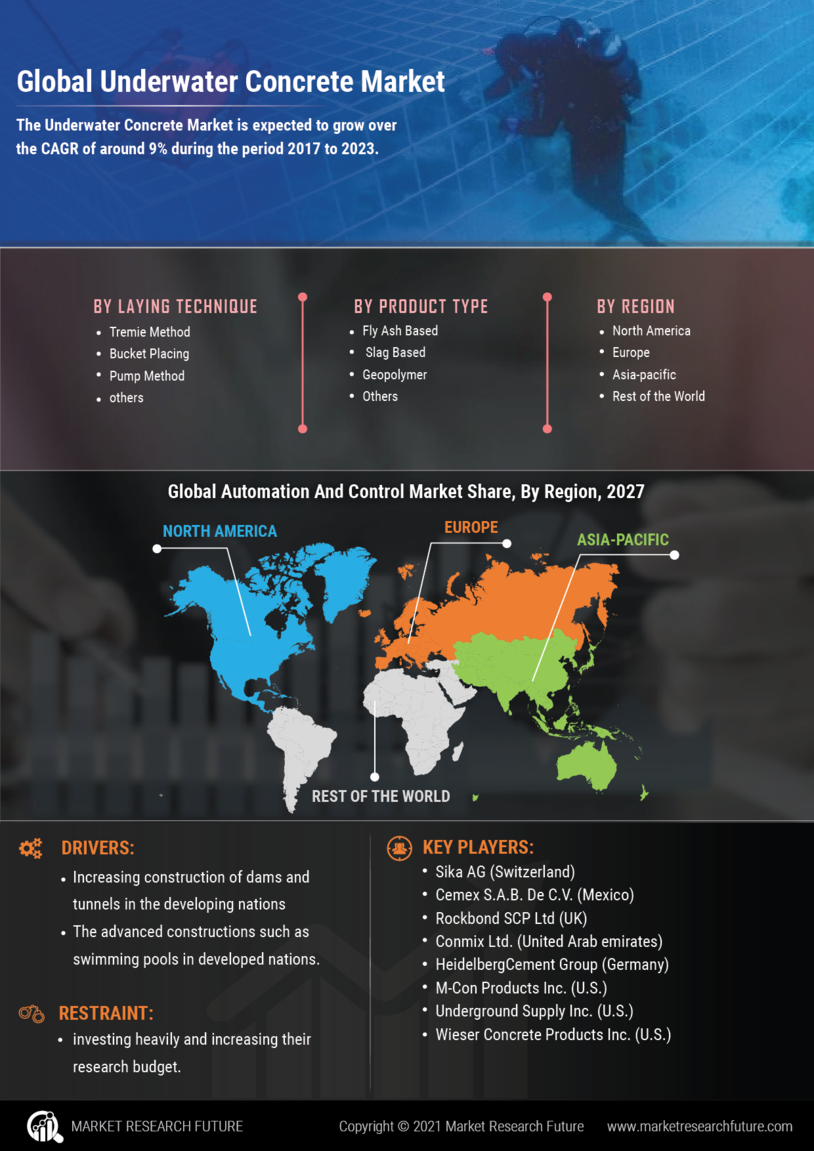

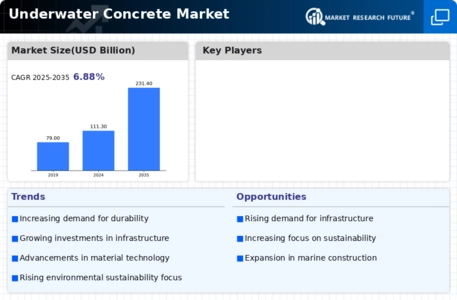
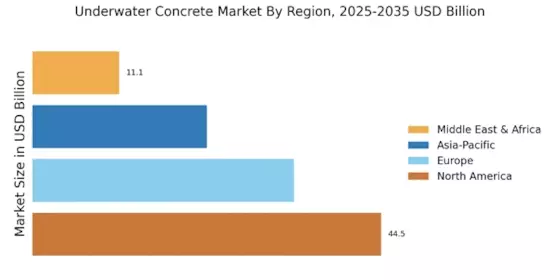


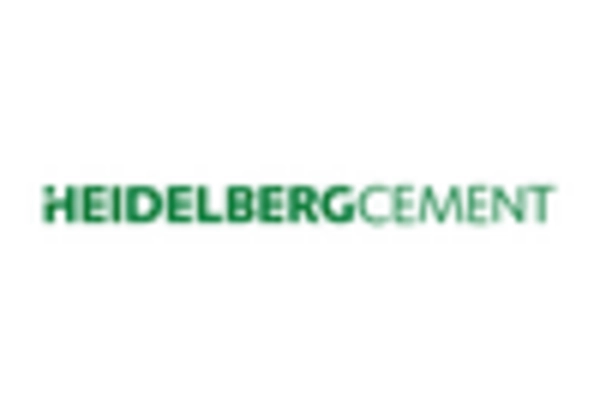
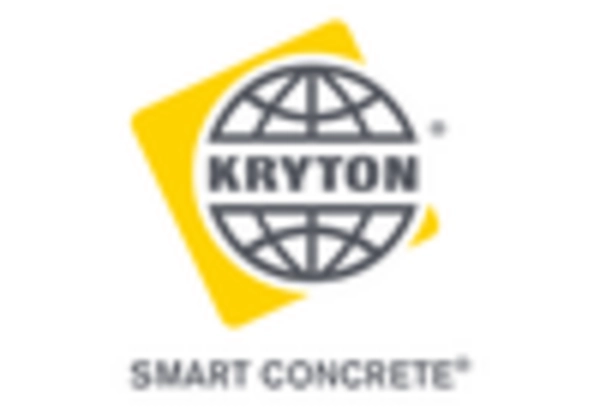
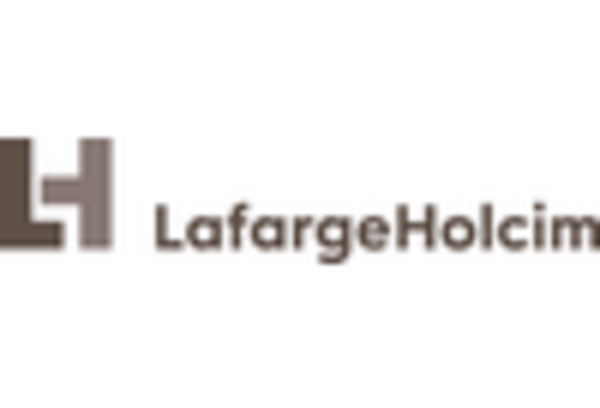









Leave a Comment